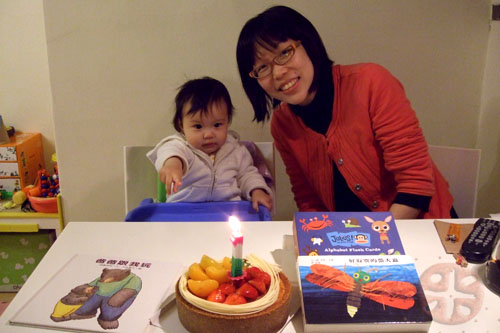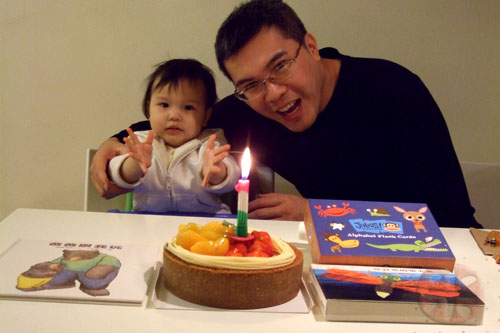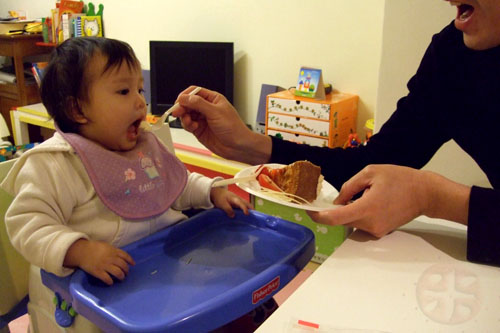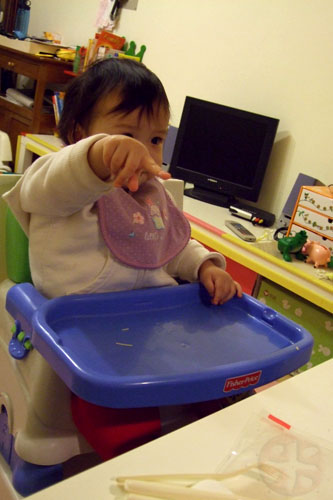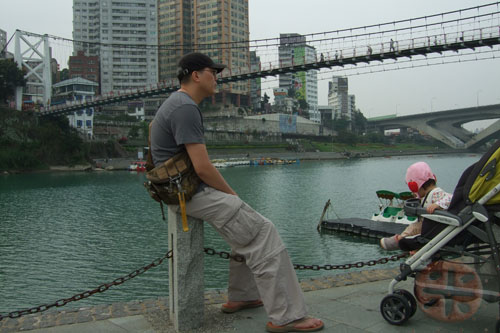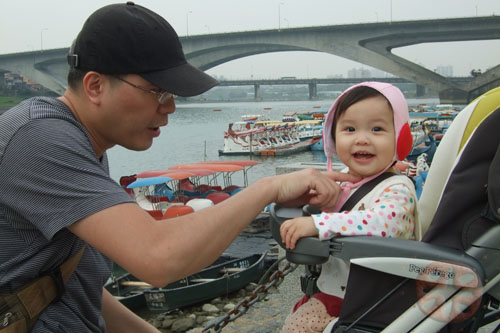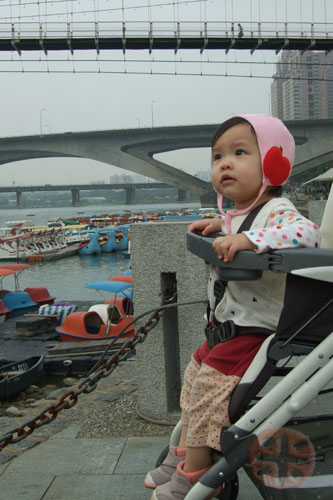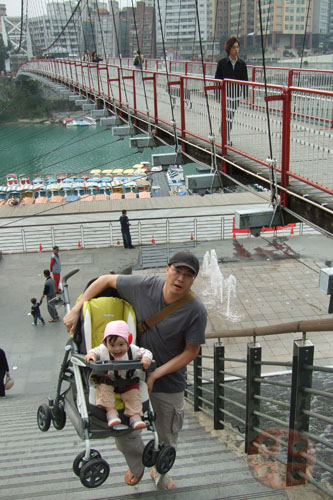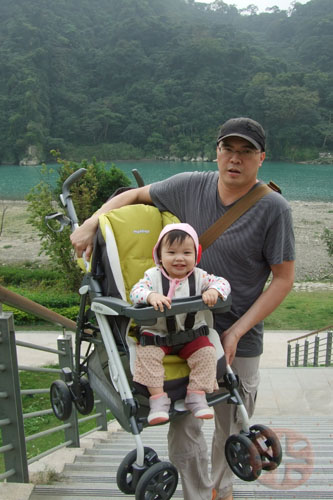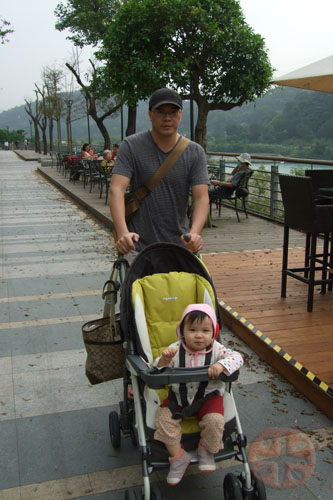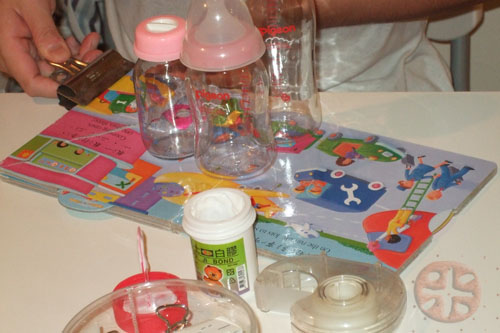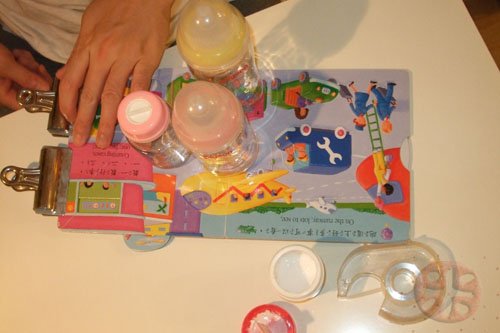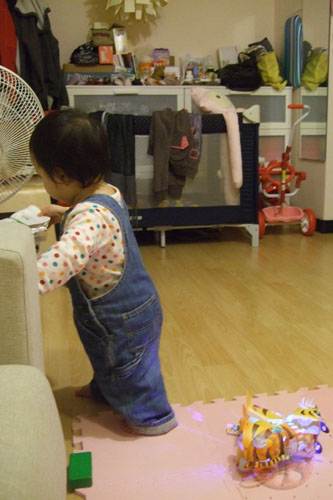Grid lock - no place to Park - mindless accidents causing chaos yet some are happy: car dealers, new car owners, and especially car body repair shops!
After a year of slow sales, the Egyptian automotive market bounced back in the beginning of 2010. The total number of automobiles sold in January increased by 63 percent compared with the same period the previous year-from 10,765 to 17,551 units. Passenger car sales saw the biggest increase, nearly doubling in the first month of 2010 the number of sales for the same period last year-from 7105 to 13,951, an increase of 96.4 percent. Statistics indicate that consumers are showing a preference for mid-size automobiles. Passenger cars in the 1.5-1.6 liter range skyrocketed by 183.5 percent to 9681 sales....more. Problem is not new - some snippets of history below with closing article published in 1930.
Jun 6, 1966 -
Traffic Is Unnerving For many visitors the first experience with Cairo traffic is unnerving. Cars dart unpredictably from the right lane into left turns as a matter of course; people race through the streets to catch buses on the run; donkey carts lumber slowly through an intersection ...Aug 10, 1976 -
Luxury and prosperity have blossomed in many forms in and around Cairo under the tolerant rule of Egypt's President, Anwar el-Sadat, ... The new and cars have clogged Cairo's avenues with unprecedented traffic jams. and pedestrians and drivers exchange insults that seem hot_ heated ...Oct 28, 1979 -
CAIRO-This teeming capital of 10 million people has the fewest number of cars per inhabitant of any major city, yet it has some of the worst traf- fic jams, and the country as a whole has the highest road death rate in the world. The problems stem both from the reckless Egyptian driver ... l-Ahram: A Diwan of contemporary life (477)
Egypt on wheels
 More than 30,000 cars were in Egypt by 1930, approximately 50 times the number only 15 years earlier. Egyptians had entered the new world of the automobile but as Professor Yunan Labib Rizk* writes, the new world had plenty of bumps along the road
More than 30,000 cars were in Egypt by 1930, approximately 50 times the number only 15 years earlier. Egyptians had entered the new world of the automobile but as Professor Yunan Labib Rizk* writes, the new world had plenty of bumps along the road
In October 1931, the Ministry of Transportation revealed statistics on the number of cars using Egyptian roads. Egyptians reading these figures in
Al-Ahram would have been astounded at the rapid inroads the new mode of transportation had made into their country. In 1914, there were 656 cars in Egypt, most owned by foreigners and the remaining few by the Egyptian elite. In addition, most of these cars weaved their way over the few paved roads in the capital and Alexandria, although rural denizens were occasionally startled as local pashas and beks rumbled past in those amazing machines that were supplanting the long familiar modes of transportation, from the horse-drawn carriage to the workaday mule. But by 1920, the number of cars in Egypt had reached 1,996, 13,091 five years later and more than 30,000 in 1930. Cars in the country were no longer simply for show but had come to stay and to be useful as was the case with the Americans and West Europeans.
But the new transport was not an easy import as the country was not properly equipped to handle the new arrivals. People had not yet realised the potential danger of the machines, perhaps thinking that they were as tractable as their ordinary beasts of burden. It was not unusual, therefore, for people to stroll idly across the street or remain casually rooted in the road as cars bore down on them with the promise of rapid transport to the afterworld. Nor did the country have suitable roads for the new mode of transportation, whether for personal use or for freight. Inner- city and inner-village transport at that time was still limited to railways and, of course, that ancient artery of communication, the Nile and its tributaries, while the bumpy, narrow agricultural roads remained best suited for carts and pack animals.
Awareness of these realities began to dawn as news of road accidents became increasingly common on the crime and accidents pages of the country's newspapers. The most gruesome was that which nearly claimed the death of Speaker of Parliament Tawfiq Rifaat in July 1931. Details of this incident unfolded over several days in
Al- Ahram for which reason the newspaper started to dedicate greater attention to covering this phenomenon and counselling caution.
On 17 July 1931, under the headline "Automobile accidents and the wrong way of crossing the road",
Al-Ahram relates the details of a court case involving a pedestrian. The case dated back to November 1928 in the Attarin precinct in Alexandria where Mahmoud Abul-Ela unintentionally ran over and killed Robin Barukh. The family of the deceased filed suit against the driver, demanding LE1,000. Although the court ruled to sentence the defendant to six months prison and the payment of LE300 in compensation, the verdict was overturned on appeal. According to witnesses brought before the appellate court, Barukh had suddenly darted off the pavement to cross the street without looking to see whether a car was coming. The court recorded in its findings, "The victim, who should have been the first to take precautions, had been absentminded and negligent towards his own life, which was corroborated by the fact that he was elderly, was returning home following the purchase of a bottle of medicine and then crossed the street while preoccupied by the illness of members of his family." The same issue carried several incidents in the vicinity of Birkat Al-Sab' under the headline "The dangers of automobiles". Said the story: "a car overturned on a bridge between Shabin and Birkat Al- Sab' injuring four. Two cars collided on the same road, as the result of which many passengers suffered contusions and other injuries requiring hospitalisation." A bus ran over a man called Ali El-Tawwab on the road between Quwaisna and Birkat Al-Sab' killing him instantly. The report added, "The driver jumped out of his car and fled. His whereabouts are as yet unknown."
The courts at that time were just beginning to determine the liability of drivers for the safety of their passengers.
Al-Ahram covered one such case. Aziz Effendi Bolus was driving and in the car with him was Dr Fahim Musad. Bolus was speeding down the road when "suddenly, a rear tire burst and the spikes of the front right wheel broke. The car, with its passengers, overturned, causing the death of the physician." Bolus was prosecuted and sentenced to a fine of 1,000 piastres.
Reckless driving incensed many
Al-Ahram readers. One, an AUC student called Ibrahim El-Turki, wrote to the newspaper, expressing his surprise at a man he saw driving through the pedestrian-packed Ismailia Square while perusing a newspaper spread open across his steering wheel. "Had that driver been a young man, I would have said that he was trying to impress women with his skill behind the wheel. However, as the driver was well into old age there can be no possible justification." The reason the student wrote to
Al-Ahram in particular was because he happened to notice that that was the newspaper the driver was reading. Perhaps the man would come across this letter and take heed.
The proliferation of cars also gave rise to a new type of crime: automobile theft. On 16 October 1931,
Al-Ahram reports that Mr Ernest Peach, a British citizen and resident of Heliopolis, had left his car, "bearing licence plate number 12760 and valued at LE240", parked on Ibrahim Street. "He was gone only a short while, and when he returned he could not find it." On 1 September, Monsieur Daniel Cohen, a French national and another Heliopolis resident, had parked his car in front of a cinema. When he returned after the film, he found that his car, worth LE100, had vanished.
In an attempt to explain this phenomenon,
Al-Ahram observed that automobile thefts tended to occur in the busiest streets of the capital. In addition, police frequently found stolen cars abandoned on side streets, "with all equipment left intact, indicating that the thieves had no other purpose than to take a brief excursion behind the wheel". One suspects, in fact, that the thieves were young pranksters, especially since there was as of yet no Wakalat Al-Balah area to dispose of purloined spare parts.
As in other countries, rising accident and theft rates gave urgency to the idea of insurance. On 22 November 1931,
Al-Ahram comments, "In spite of the current economic crisis, more and more young men are purchasing automobiles, leading to a rise in automobile accidents, a rise in claims for compensation and, consequently, a proliferation in automotive insurance companies. As a result, no sooner does one conclude negotiations over the purchase of a new car than the automobile company agent asks the new owner to take out insurance or a representative from some insurance company calls upon the purchaser at his home.
Such is people's haste to purchase a car and quench their thirst for show that they are frequently unable to keep up with the instalments. Some decide to sell or pawn their car while others wait until the company comes and repossesses it."
Car owners were forced to face the growing intricacies surrounding insurance claims, which prompted
Al-Ahram to feature a lengthy report on this issue on 23 October 1931. Among the major causes for disputes between car owners and insurance companies, the newspaper wrote, was the stipulation in insurance contracts that the insurer was not obliged to pay compensation for damages occurring while the car in question was being driven by a person who did not possess a valid driving licence. The courts had recently had to deal with a curious case of this sort. A car owner was involved in an accident on the same day his licence expired. The insurance company maintained that the court should apply the above mentioned stipulation since the driver's licence had expired at sunset and the accident had occurred after that. The court ruled in favour of the car owner, arguing, "The traffic bureau states that to renew one's licence, all one must do is pay the stipulated fee as long as there are no outstanding violations that would prevent renewal. Since the claimant paid the stipulated renewal fee, it cannot be maintained that his licence was invalid, even if its date had elapsed. Carrying on one's person an outdated licence is only punishable by a fine, not by the deprivation of compensation."
If car owners had to deal with insurance companies, the government had other problems to contend with from the automobile boom. For one, Ministry of Transportation authorities began to fear that the increased use of cars would affect the income of the Railways Authority. The authority, at the time, was still a major government breadwinner, to the degree that since the Khedive Ismail its income could be used as collateral to secure foreign loans. Officials, therefore, were keen to safeguard the national railway, especially in the realm of inner-city transport and freight.
A committee was formed "to consider the best solution and to create a system of transportation that will guarantee for the government an income that will cover both the necessary costs of road maintenance and the deficit in income from the railways". The action provoked an outcry among those who believed that such an ordinance would enable foreigners to gain control over the new form of land transport.
Al-Ahram dispatched one of its reporters to the minister of transport to get his opinion.
The minister admitted that the income of the Railways Authority had suffered as a result of the rise in the use of buses and trucks for passenger and freight transport. Increased traffic on roads and bridges had also augmented the outlays on maintenance. These realities, he said, "entitle the government to take firm action to defend the country and its inhabitants against such losses". He went on to say that the government had predicted these problems a long time ago and, consequently, in 1925, formed a committee to draw up an ordinance to regulate the traffic of transport vehicles on agricultural roads. The committee moved to institute permits for that purpose and two years later it issued a decision instituting more conditions on the use of automobiles, especially in Cairo, in which "traffic has become intolerable".
Such measures, however, were insufficient to offset the increasing losses of the Railway Authority, which had exceeded LE7 million in 1929-30 and LE6 million the following year. The government, therefore, took a two-pronged course of action. On the one hand, it reduced the number of employees in the railway authority by 10 per cent of full-time staff and 18 per cent of staff members not under contract. On the other, it decided to offer access to certain routes to private bus companies. The tender process would require "each company to submit a bid to the Ministry of Transport indicating the percentage of its income it will offer the government in exchange for the transportation concession for its vehicles, to the exclusion of those of other companies". The proposal added that the ministry reserved the right to set fares.
Defending this step, the minister of transport maintained that the government was doing no more than ensuring that the owners of those vehicles, which reap an enormous profit from freight and passenger fares, share some of the vast expenditures the government must allocate towards road construction and maintenance. He further argued that the system will permit for an element of control over the conformance of public vehicles to standards of comfort and safety. "It will thus help to safeguard public health on the one hand and prevent exposing lives to danger, on the other," he said.
Although
Al-Ahram welcomed the idea, it feared the project could fall under the control of foreign capital. It, therefore, urged the government to stipulate that Egyptians would possess a major share of the assets and that most of the workers and administrative staff would be Egyptian.
The newspaper's concern was shared by an
Al-Ahram reader who also alerted people to the fact that many companies described themselves as Egyptian whereas, in fact, that was not the case. One such company was Thorncroft, which was officially registered under the name of the Egyptian Public Bus Company. This led the reader to ask a number of questions with the purpose of "enlightening minds and sparking thought", as he put it. First, does a company become Egyptian in reality and not just in the books simply by being officially founded in Egypt and equipped with a royal decree to that effect? Can a company be deemed an Egyptian national enterprise if its shares have not been offered to the Egyptian public for subscription? Can that enterprise be described as Egyptian simply because a single Egyptian, Ahmed Aboud Pasha, was listed in articles of association as possessing half the shares? Can a company be Egyptian if less than half its shares were made available for sale to the Egyptian public? Is a company Egyptian if the majority of its board of directors are British? Egyptians should be on guard, he concluded, and the government should ascertain that a company is truly Egyptian, and not content itself with "a name or two which hides British economic colonialism".
To accommodate inner-city traffic, the government also had to begin construction of roads suitable for automobiles. As was the case with the railroads, it focused firstly on two thoroughfares: the Cairo-Alexandria and Cairo-Suez roads. Locating the first, originally known as the Gianacles Road and later the Desert Road, well to the west, was undoubtedly to safeguard the railway's hold over the agricultural road, which passed through many cities in the Delta. On 1 September 1931,
Al-Ahram relates that a committee was selected to survey the desert and select the best route. The committee, consisting of the secretary of the Royal Automobile Club, two specialised road engineers and the chargé d'affaires of the Belgium diplomatic mission, indicated that the route proposed by Mr Gianacles had numerous advantages over other proposals. This route offered the shortest and most direct route via the desert to Alexandria, extending a distance of 168 kilometres between the Mina House Hotel and the Amriya Airport to the west of Alexandria. The engineers also said that their analyses of the ground and terrain indicated that it would be possible to emulate the "modern American method of road construction". The alternatives that were rejected were the 250-kilometre Branley Road that passed through Wadi Al-Natroun and a road leading from Imbaba and joining up with the Gianacles Road, which would necessitate expropriating property as it passed through 25 kilometres of agricultural land.
The Cairo-Suez Road did not present nearly so many problems. For centuries, it had been a caravan route whereas before the construction of the railroad, the chief mode of transport to Alexandria was by boat along the Nile and the Mahmoudiya Canal. All that was required, therefore, was to ready the Cairo-Suez Road for automobile traffic which in fact, was done in the mid-1920s.
Work on the road was completed relatively quickly and transportation on it proved cheaper than rail. Indeed, this perhaps was what inspired the Ministry of Transport to issue a decree in September 1931 prohibiting heavy vehicles, weighing over 2.5 tons, from using the road. "The costs of repairing the damage these vehicles have done to the road are extremely high," the ministry argued. In response to the ministry's decision, the parliamentary deputy from Suez wrote to
Al-Ahram to complain that it would rob lorry owners of their income and "paralyse the movement of vehicles that helps promote commerce".
Closing the Cairo-Suez Road to lorry traffic was not the only cause for complaint. The government imposed a LE2.5 annual tax on every passenger seat in buses. "The owner of a vehicle with 20 seats, for example, will have to pay an annual tax of LE50," the newspaper wrote. The government also instituted an annual tax on lorries, whose owners would have to pay LE30 for each vehicle and an additional "LE5 for each ton". It was estimated that the government would receive between LE600,000 and LE700,000 from this tax. Bus and lorry owners lodged an official grievance against the severity of these measures. They complained that they stood to lose LE85 per year per vehicle on top of the expenses of running and maintaining them. "It would be better for us simply to leave the vehicles idle and lay off workers who, under the current circumstances, would cost the government LE100,000 a year, while the Railway Authority would gain nothing," they wrote.
Privately owned automobiles were divided into three categories for tax purposes. Depending on the category, owners would have to pay a LE3, LE6 or LE12 annual tax which, they complained, was unaffordable. The only area the government did not meet resistance in its new tax policy was with taxies. Taxi owners felt that the annual LE5.25 was "very reasonable".
Perhaps having anticipated the outcry, the Ministry of Transport issued a lengthy statement justifying its new tax policy on vehicles. Firstly, it argued, it was compelled to protect the Railway Authority, which employed thousands of workers. Secondly, it sought to forestall illegitimate gains and profits, while "protecting small property owners whose ignorance leads them to sell their property for the purpose of purchasing automobiles". The statement went on to deny claims that train fares were costlier than fares on buses and that the competition the latter presented was due to other factors that were not necessarily financial. But regardless of how much transportation authorities protested, they would prove incapable of preventing the inevitable -- the inexorable tide of cars, buses, taxis and lorries would soon swamp transportation by rail.
* The author is a professor of history and head of Al-Ahram
History Studies Centre.







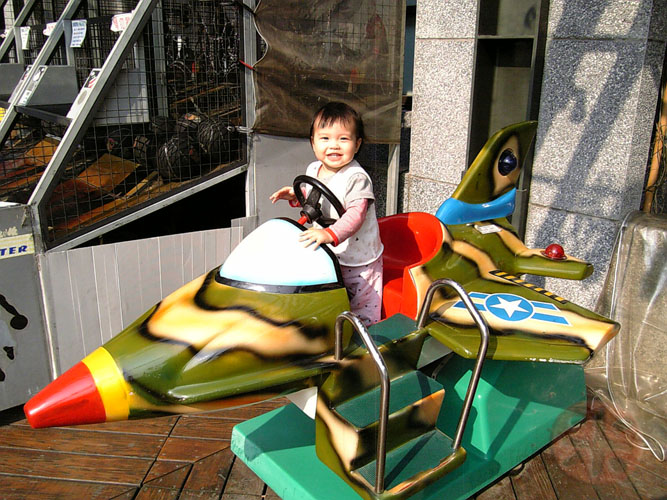


 More than 30,000 cars were in Egypt by 1930, approximately 50 times the number only 15 years earlier. Egyptians had entered the new world of the automobile but as Professor Yunan Labib Rizk* writes, the new world had plenty of bumps along the road
More than 30,000 cars were in Egypt by 1930, approximately 50 times the number only 15 years earlier. Egyptians had entered the new world of the automobile but as Professor Yunan Labib Rizk* writes, the new world had plenty of bumps along the road 







